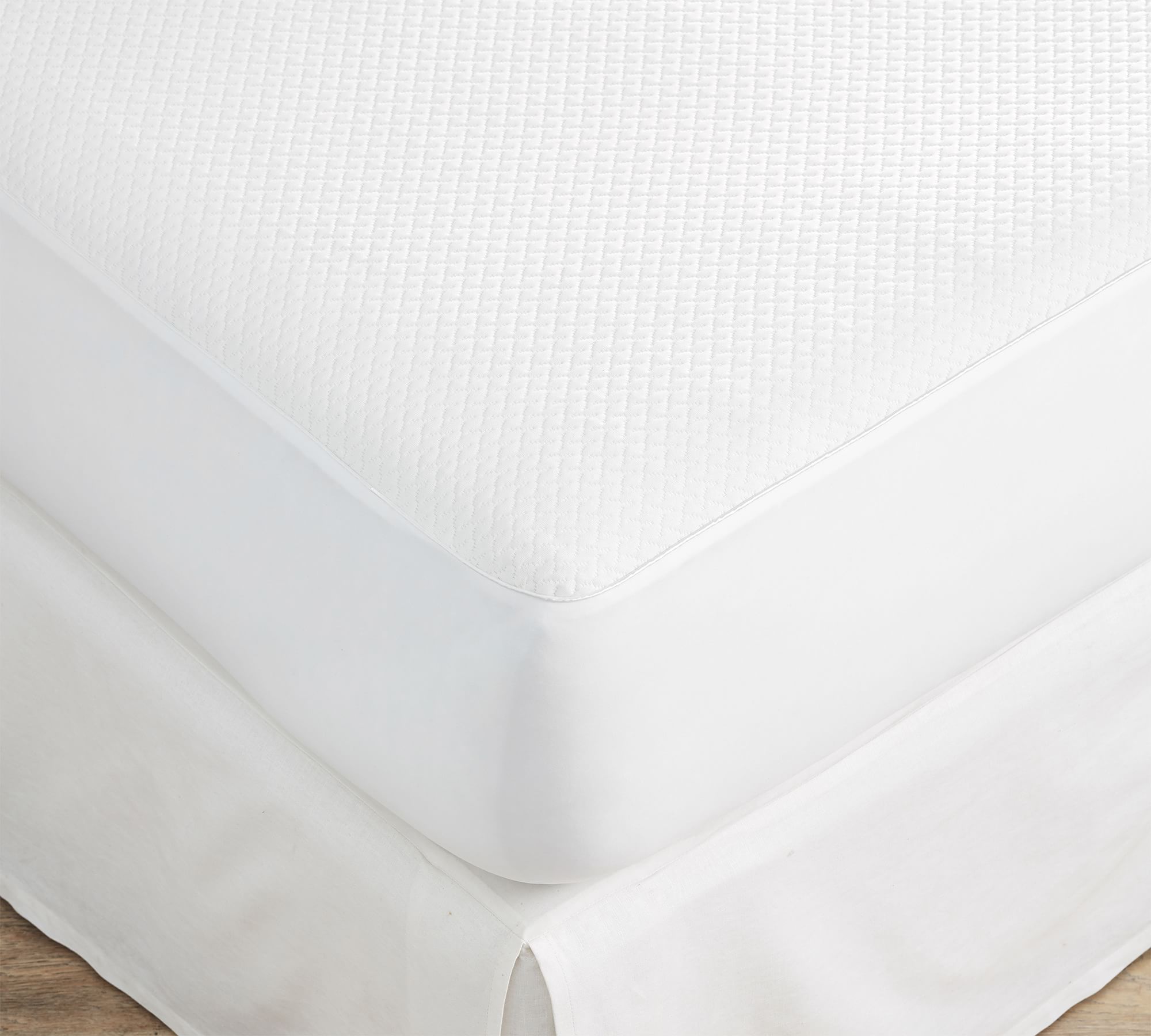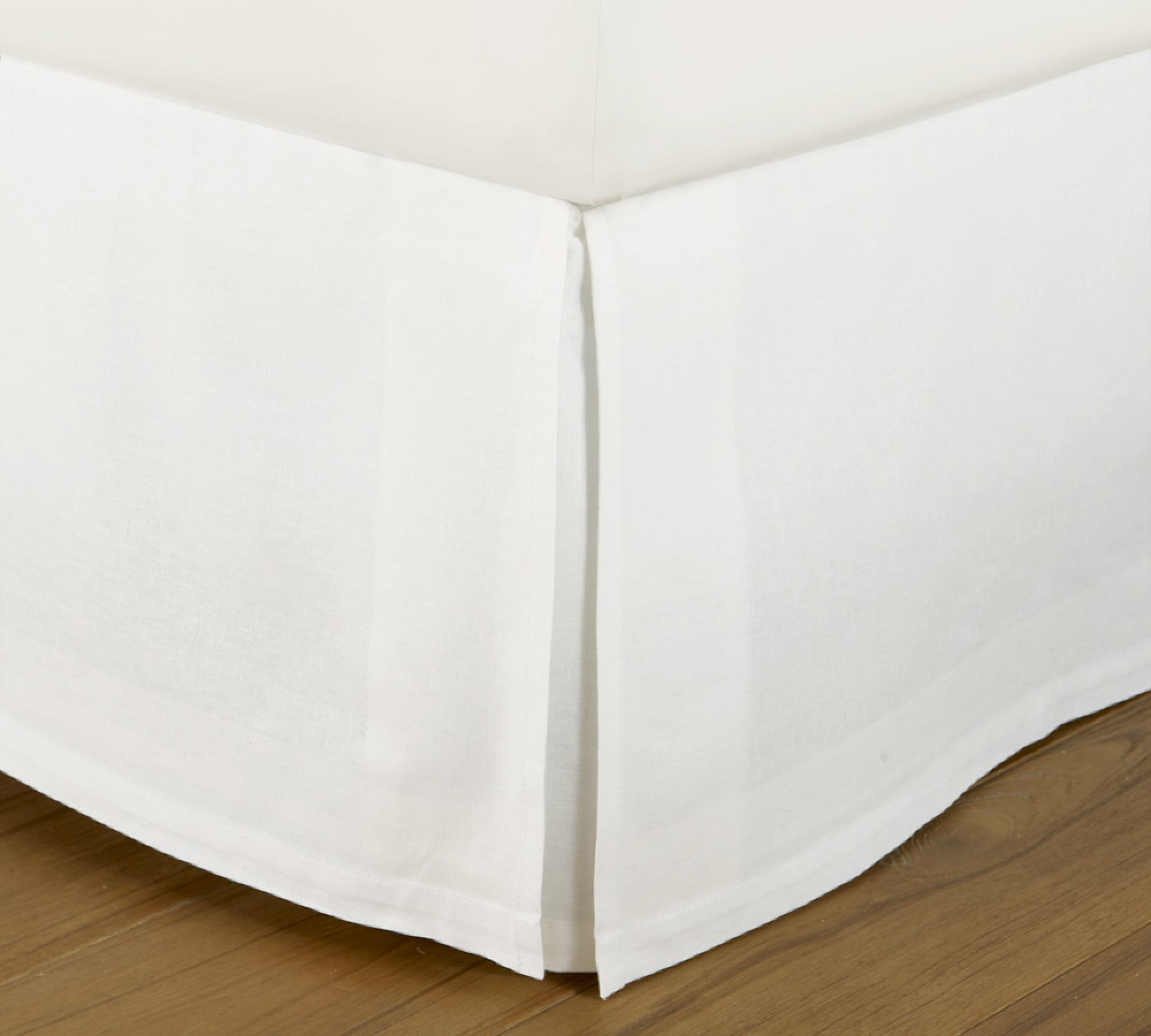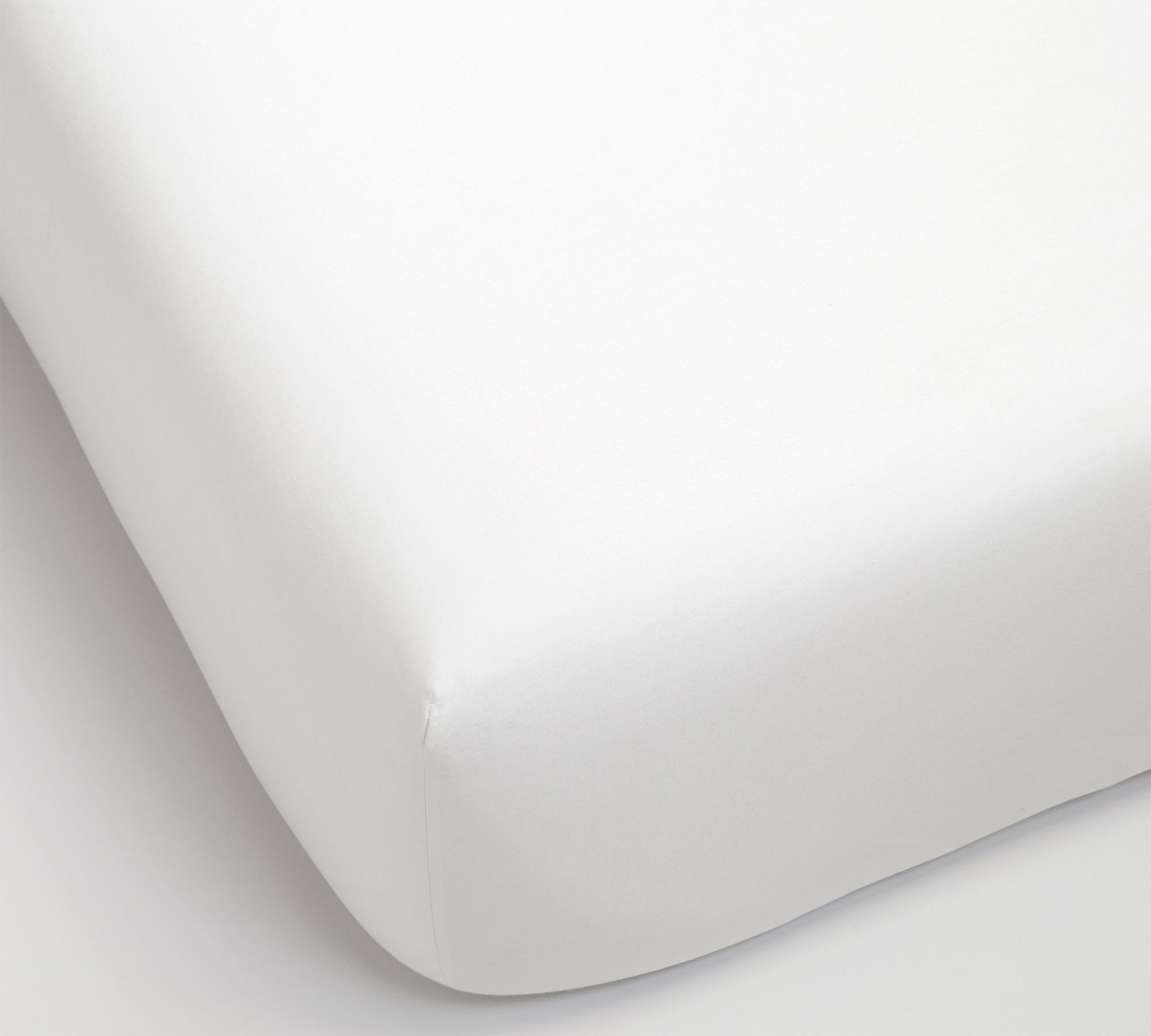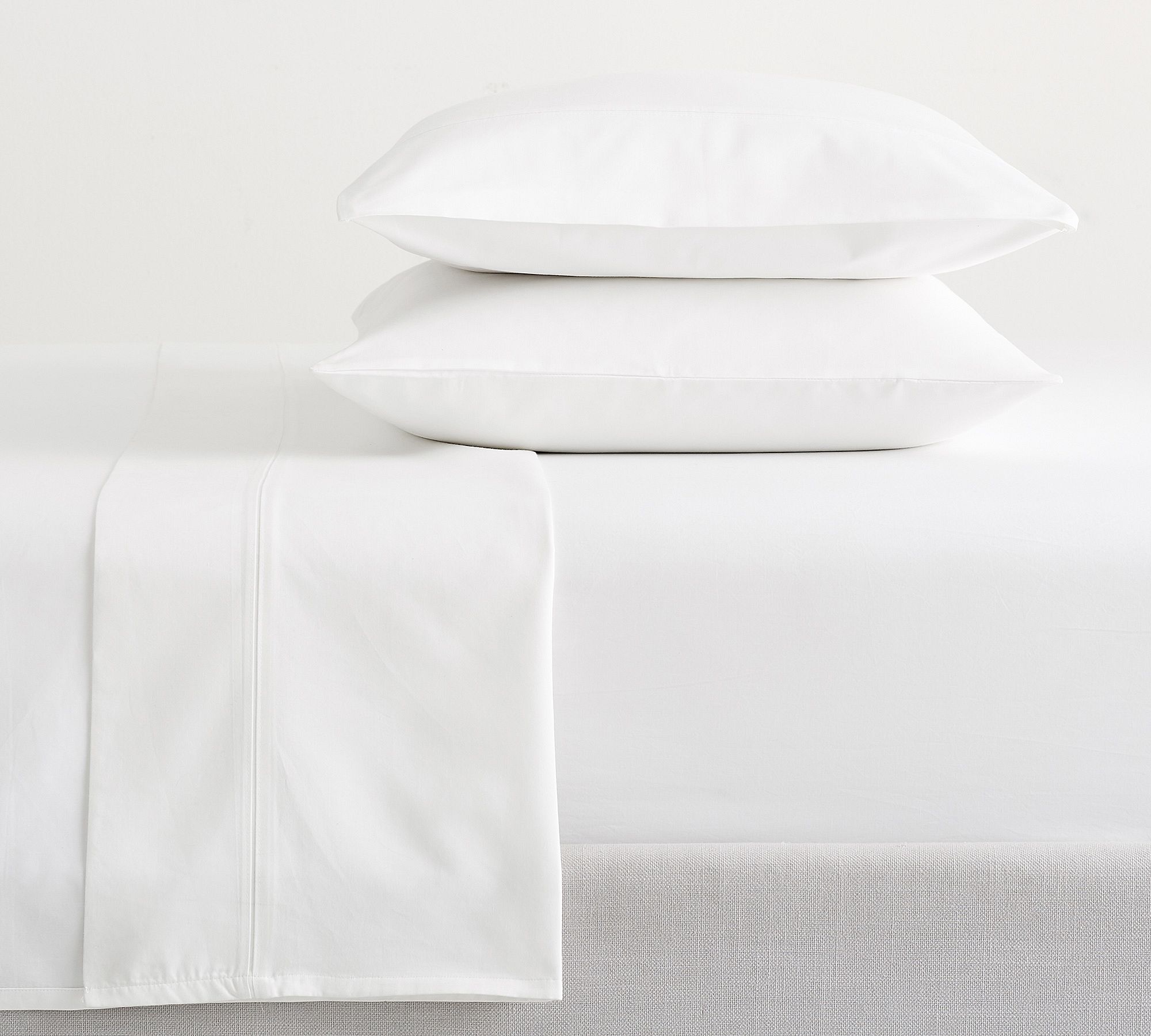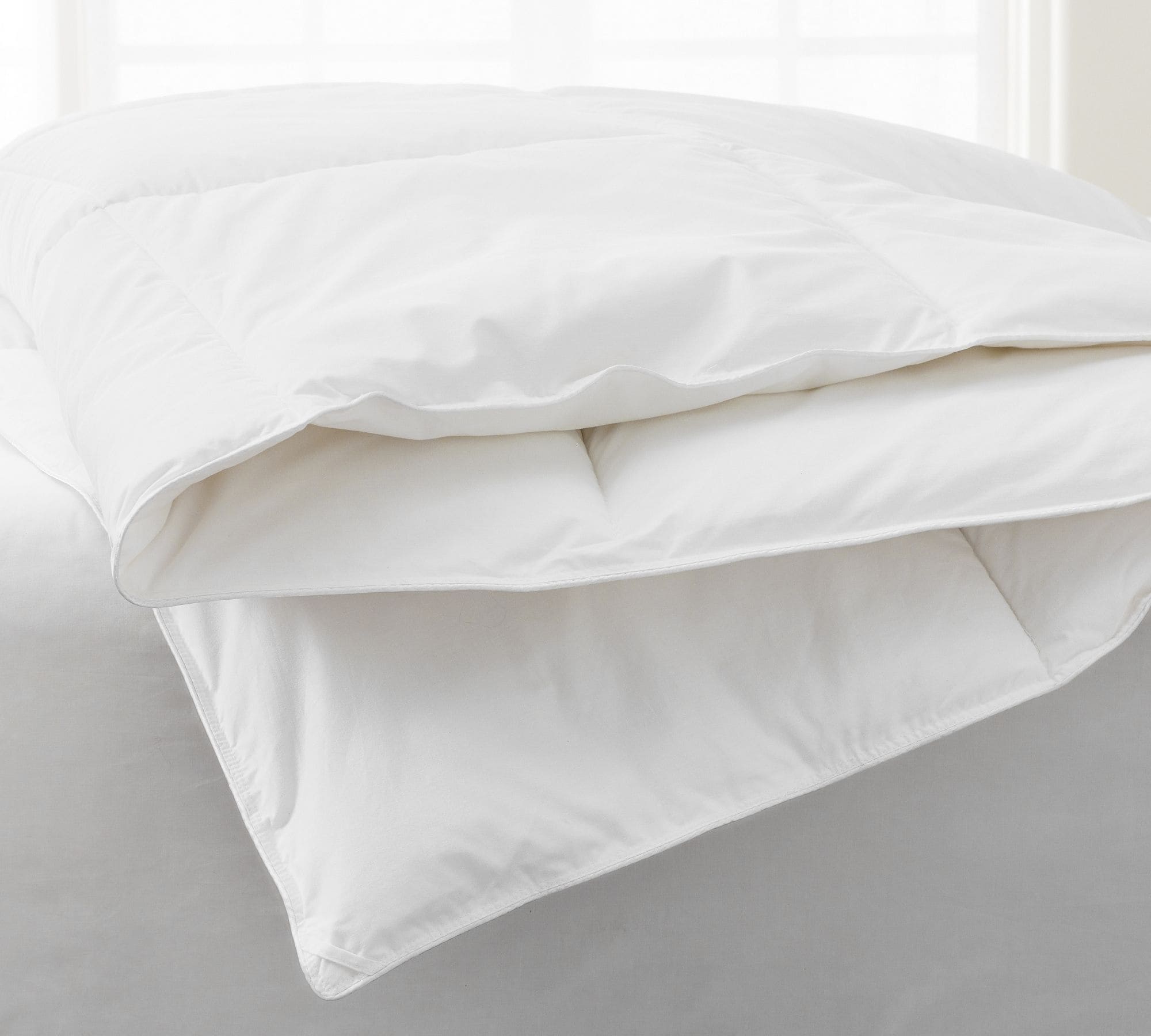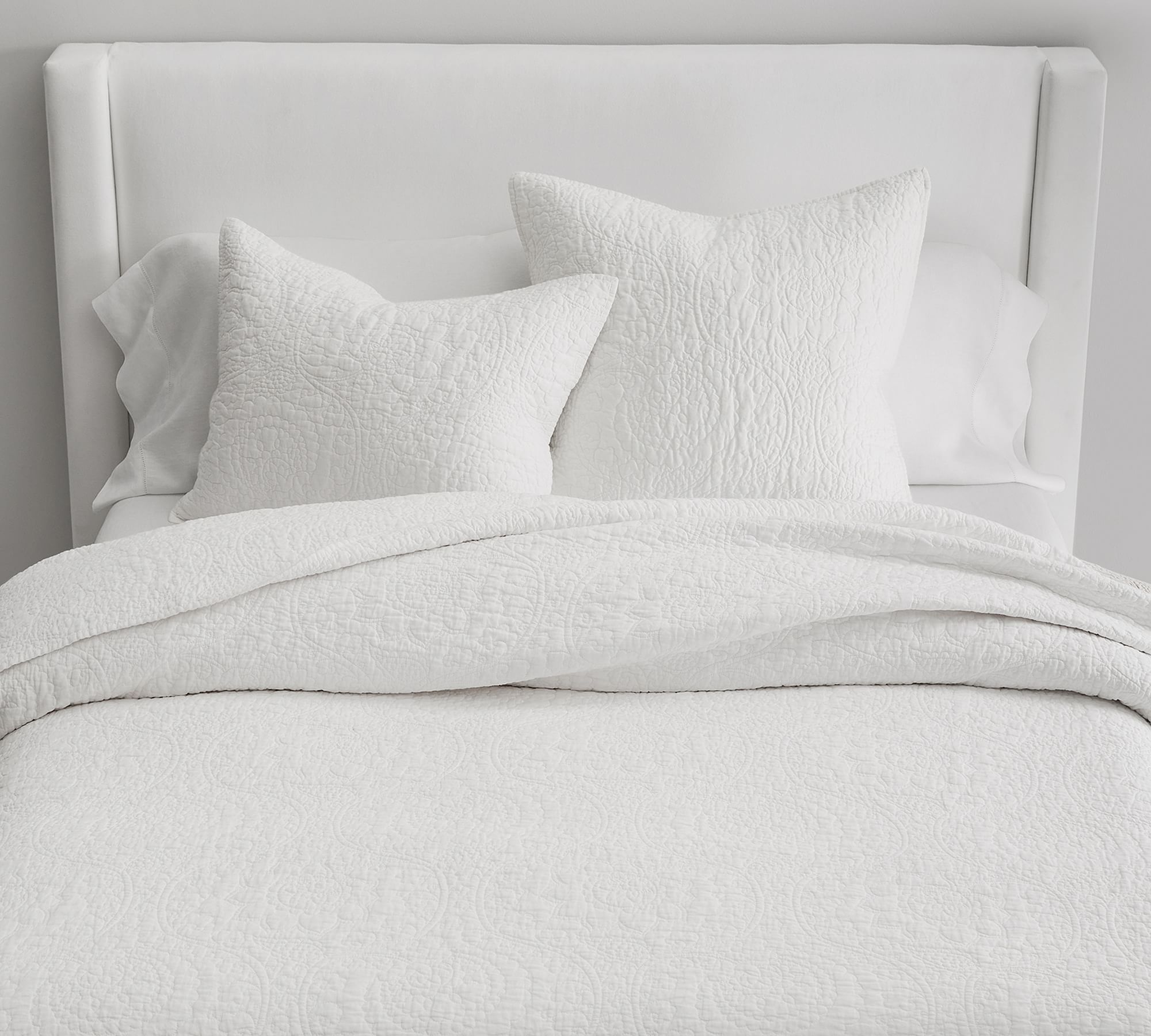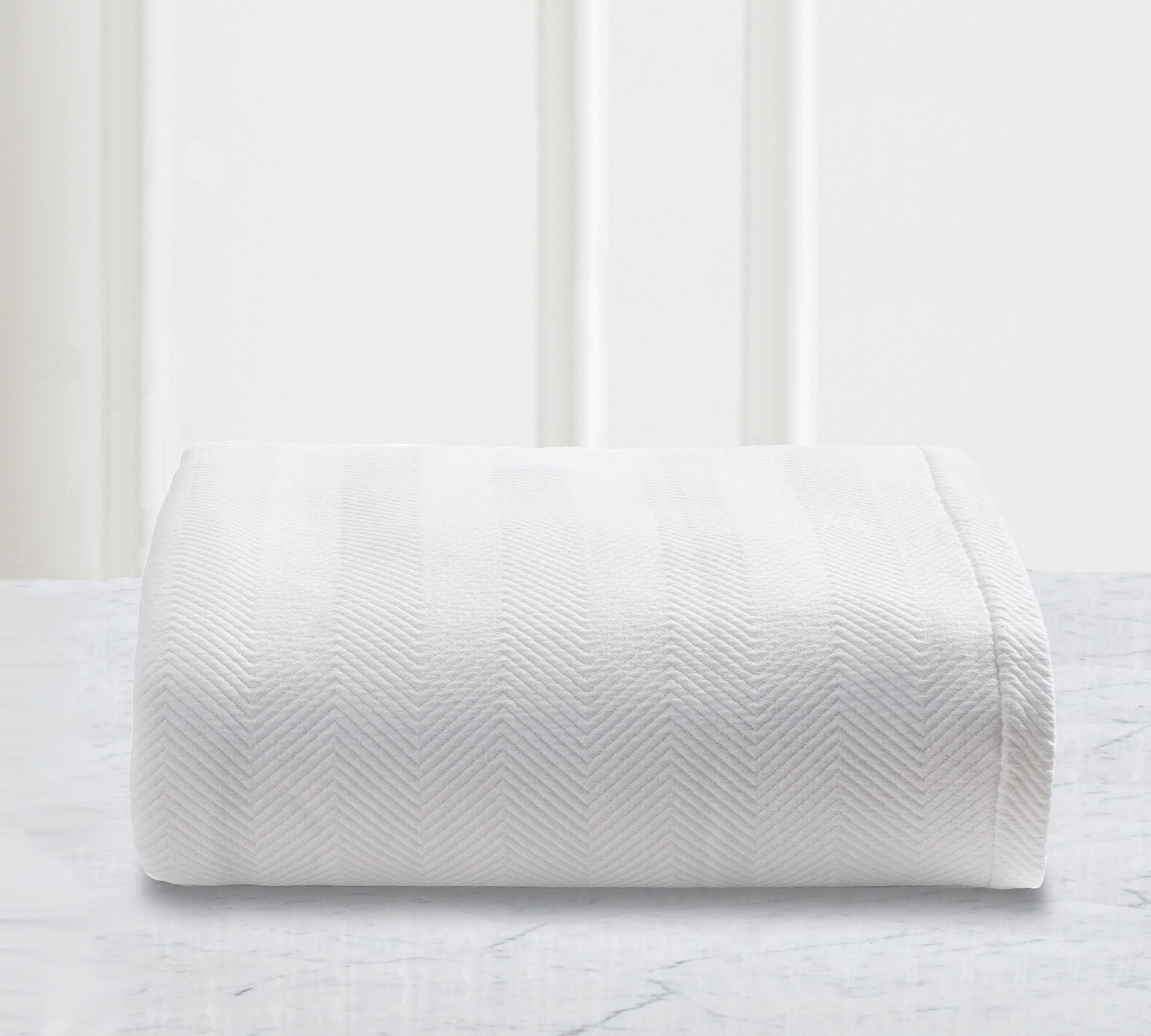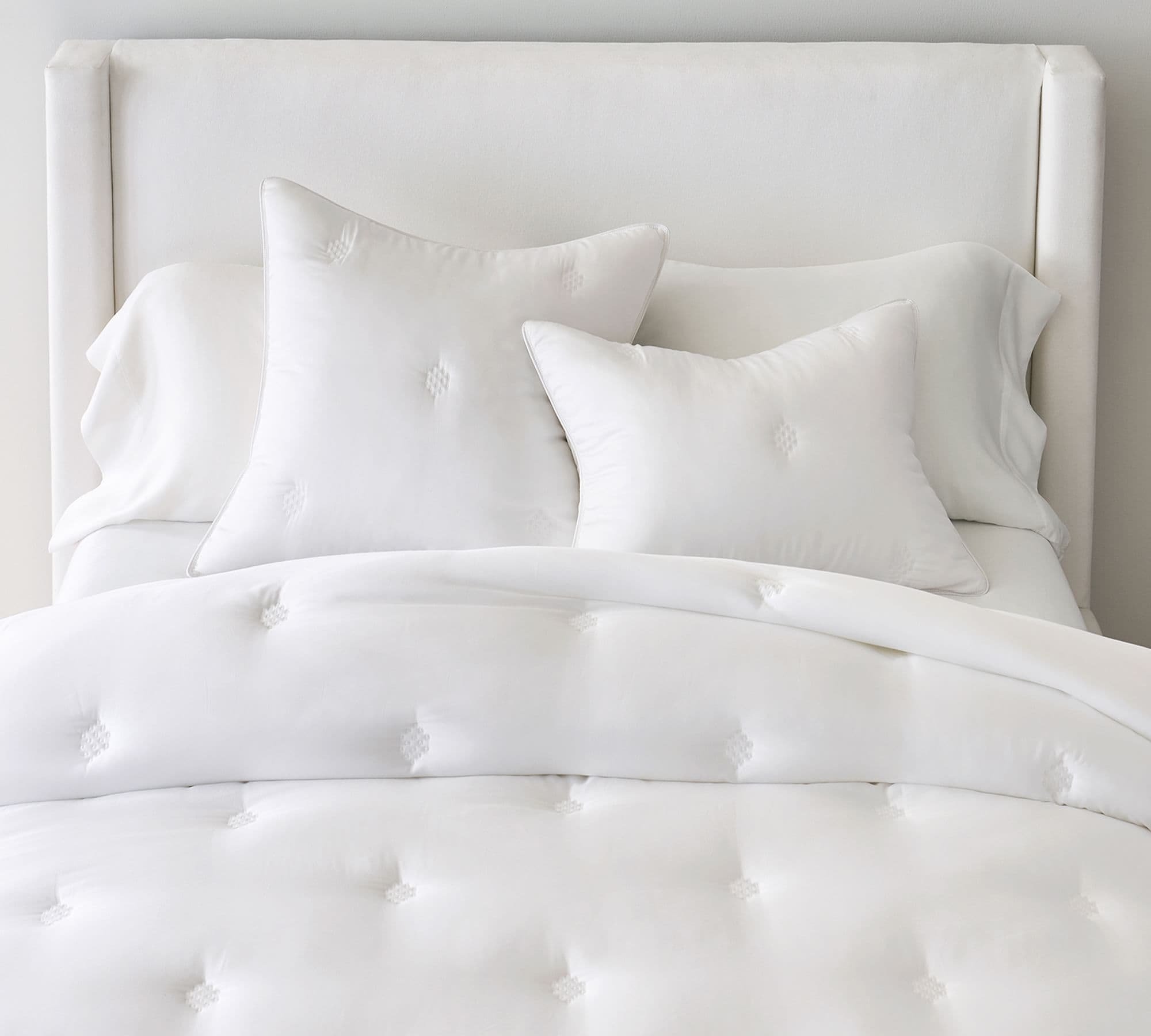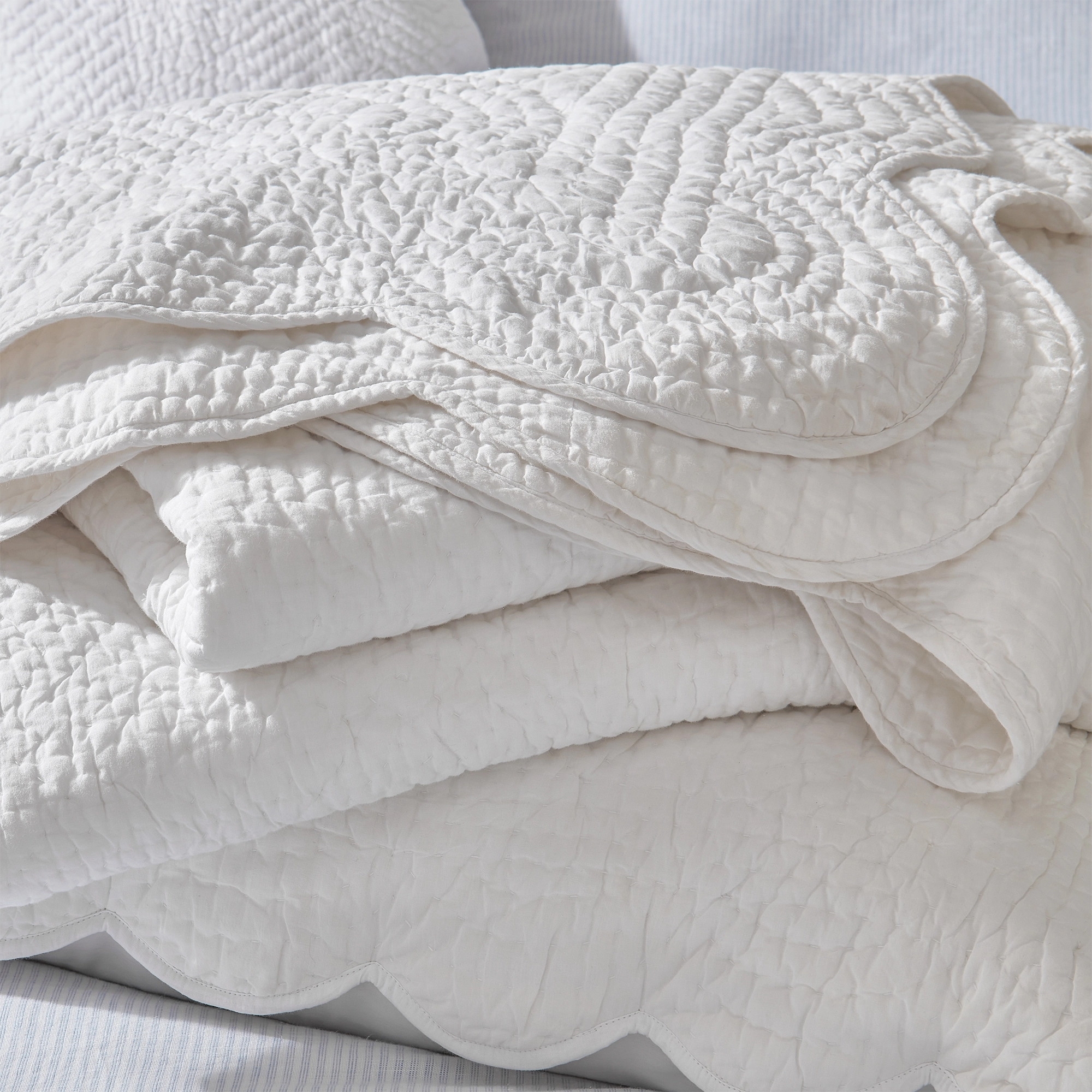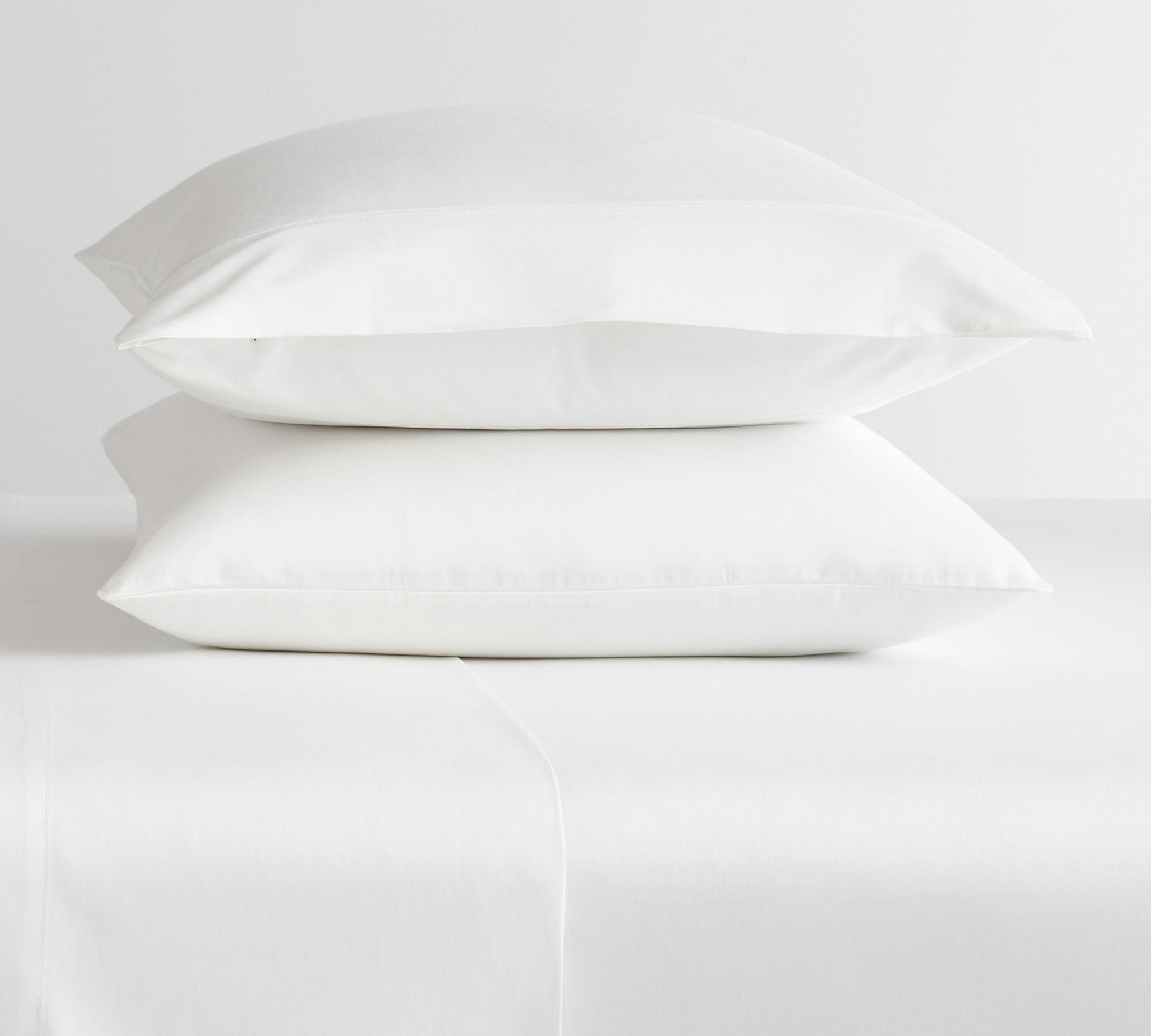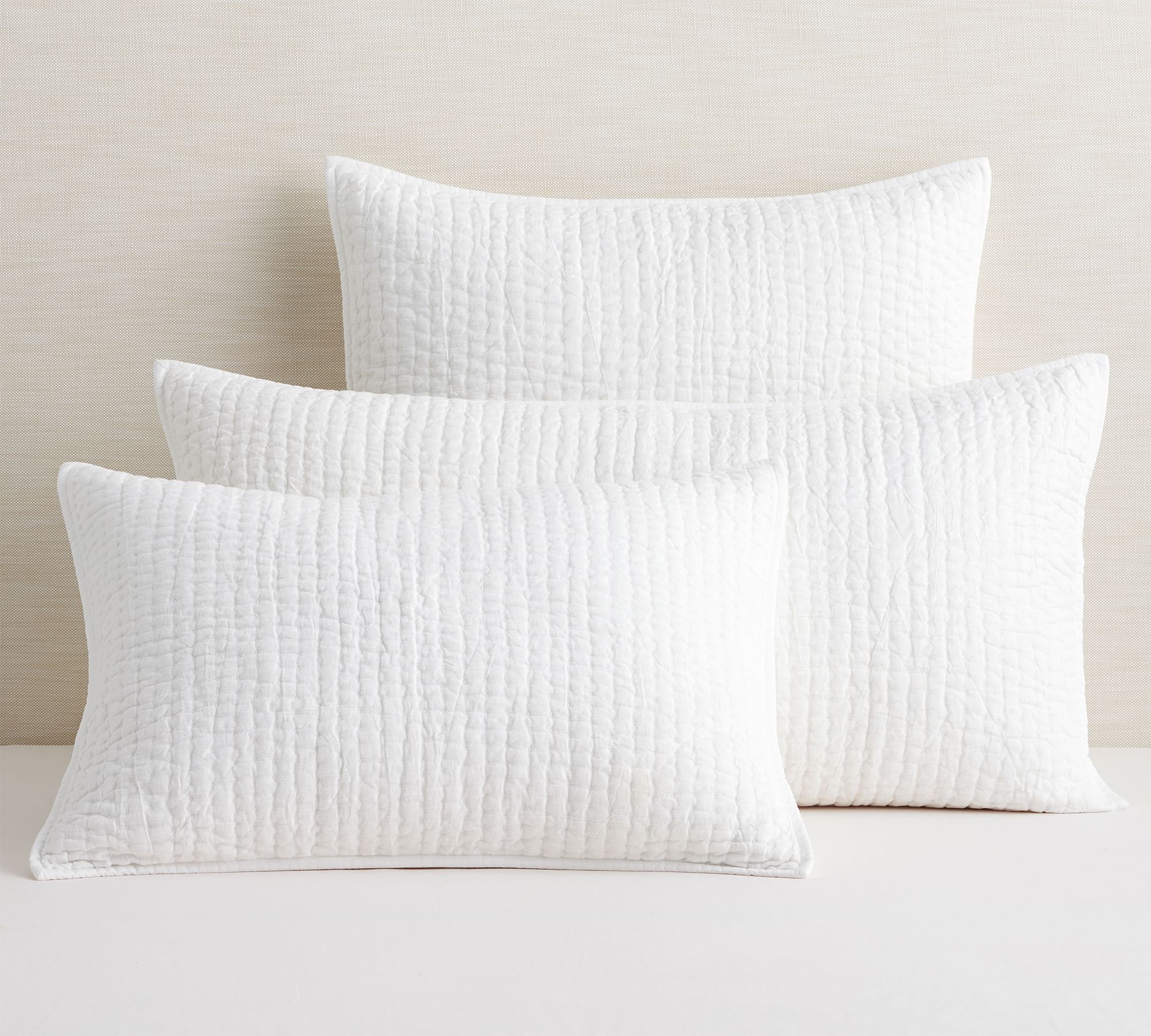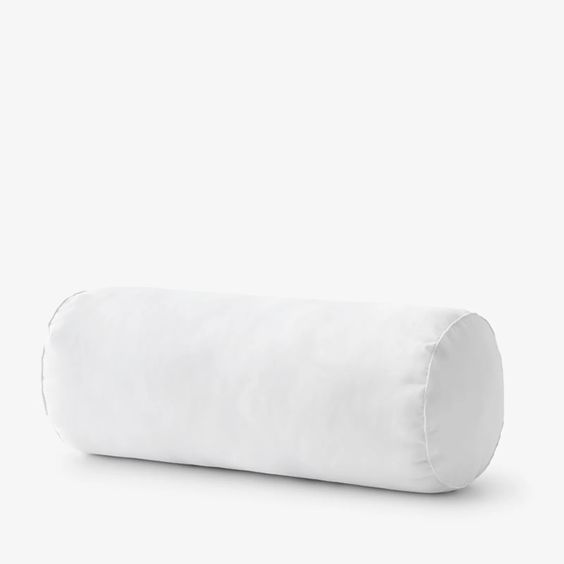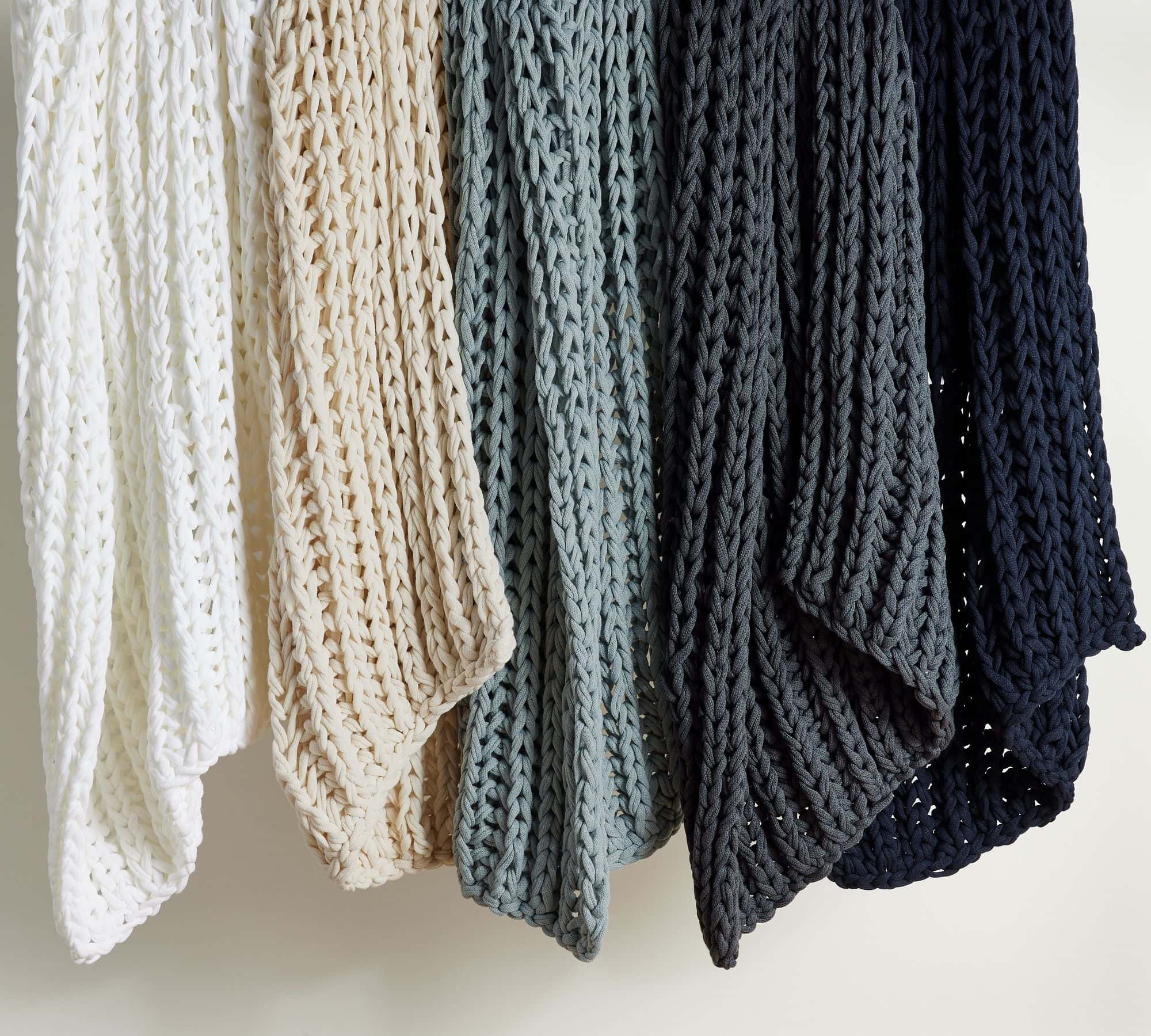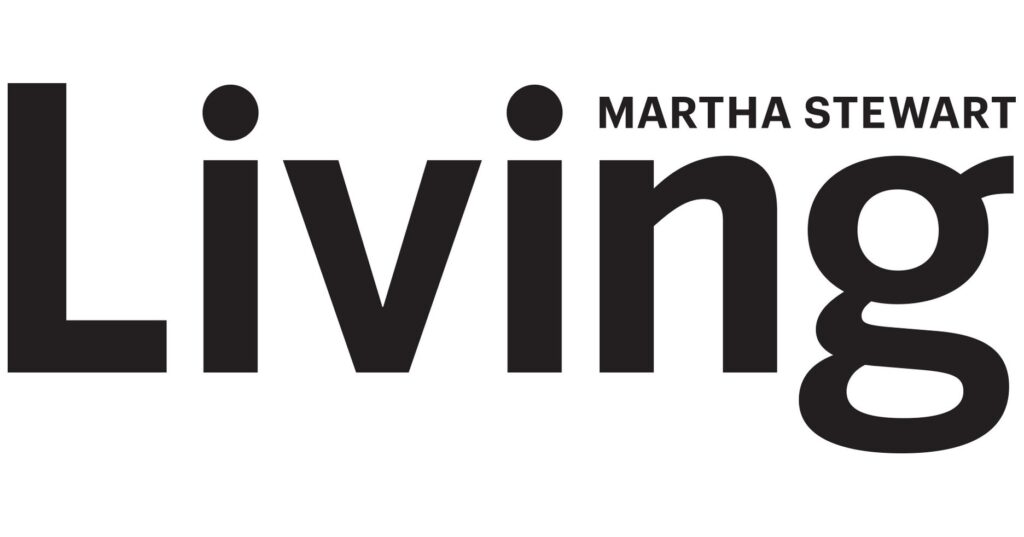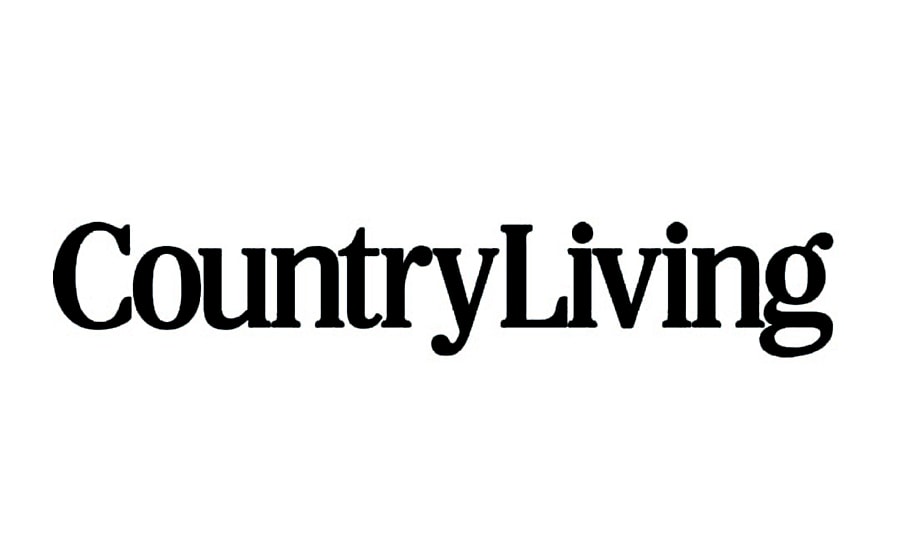Are there so many different bedding pieces and you need all the bedding layers explained?
Well, I’ve got you covered with an in-depth review of every piece of bedding there is, what it is used for, and why you might need it.
When it comes to getting a good night’s sleep, your bedding plays a crucial role and how to layer a bed properly can be a bit of an art.
With so many different types of bedding materials and products on the market, it can be overwhelming to figure out which ones are right for you.
This post may contain affiliate links. As an Amazon Associate and a participant in other affiliate programs, I earn a commission on qualifying purchases at no additional cost to you.
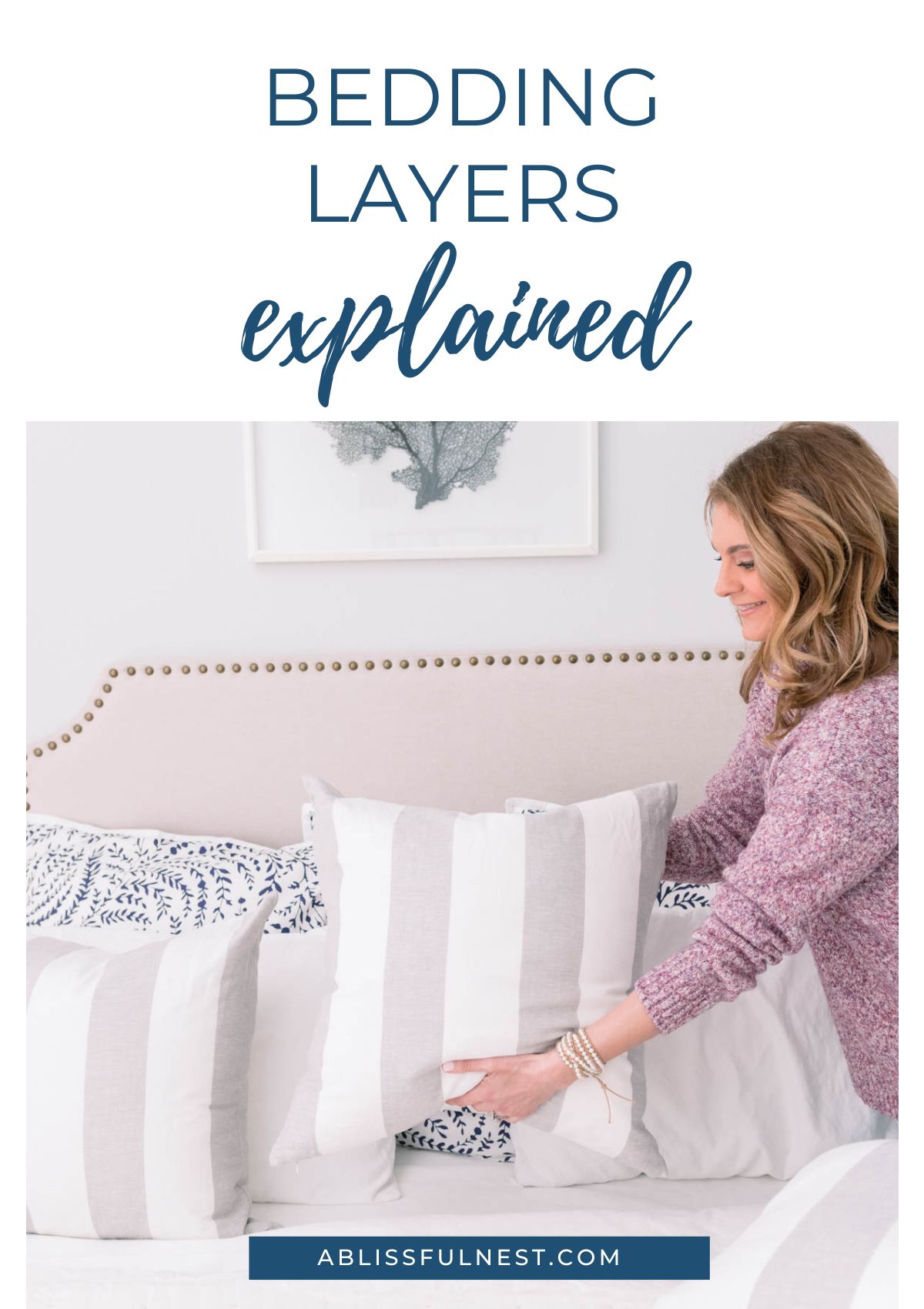
I know it can be a bit confusing to understand the difference between all the different layers of bedding, and you probably ask yourself all the time if you really need them all.
But this guide should help you differentiate between them all and help you choose the pieces that work best for you.
So let’s dive into each of the layers of bedding there are and how they are used.
How Many Layers Of Bedding Are There
The number of layers of bedding on a bed can vary depending on personal preference and where you live, but typically there are 4 to 6 layers of bedding.
The basic layers of bedding include a mattress pad/protector, a fitted sheet, a flat sheet, and a blanket, while additional layers may include a duvet cover or comforter and pillows.
Some people may also add a decorative throw or accent pillows on top for added style and comfort.
Ultimately, the number of layers of bedding you use is up to you and what makes you feel comfortable and cozy while you sleep.
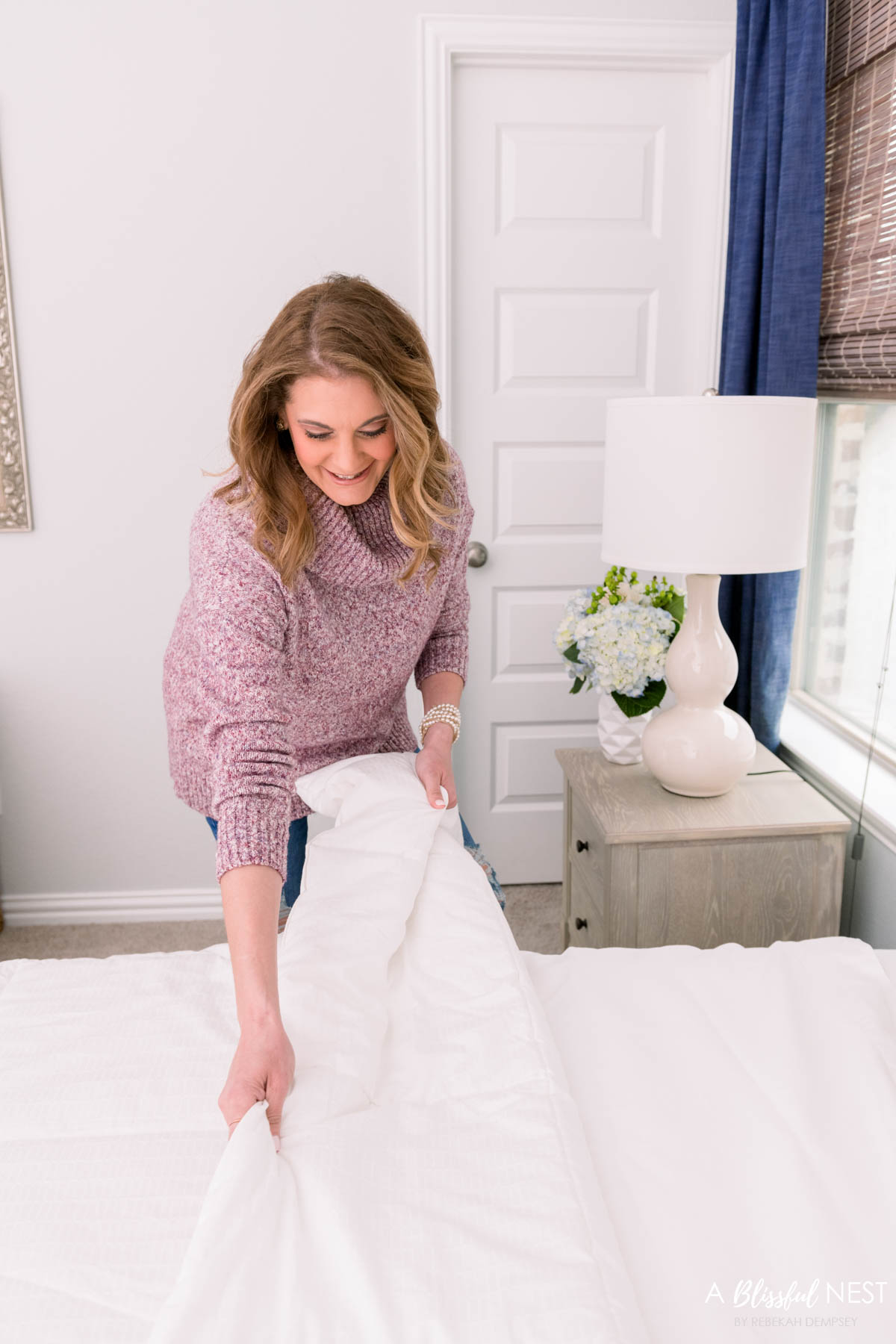
Favorite Places To Shop For Bedding
There are many great places to get bedding but here is where I shop personally for our family and my clients.
Tap Photos To Shop
Bedding Layers Explained Guide
Use my bed layering guide below to help you understand all the different bedding pieces there are, how to use them, and why to use them on your bed.
Mattress Pad/Protector
A mattress pad protector is a thin layer of material that is placed on top of a mattress to protect it from spills, stains, and other types of damage.
It is designed to keep your mattress clean and hygienic, and it can also help to extend the life of your mattress.
Bedskirt
A bedskirt, also known as a dust ruffle, is a decorative piece of fabric that is placed between the mattress and box spring of a bed. It hangs down to the floor and covers the box spring, providing a finished look to the bed.
Generally, you would use a bedskirt to hide the box spring and frame of the bed from showing.
Fitted Sheet
A fitted sheet is a type of bed sheet that is designed to fit snugly over a mattress. It has elasticated corners that hold the sheet in place, preventing it from slipping or bunching up during the night.
Fitted sheets are typically made from cotton, linen, or a blend of materials, and are available in a range of sizes to fit different mattress dimensions.
They provide a comfortable sleeping surface and help to protect the mattress from sweat, stains, and other types of damage.
They are also easy to remove and clean, as they can be machine-washed and dried.
Once you’ve put on your fitted sheet, you’re ready to learn how to layer bed sheets to create a cozy and inviting bed.
Flat Sheet
A flat sheet is a type of bed sheet that is placed on top of the fitted sheet and underneath any blankets, comforters, or duvets.
It is a rectangular piece of fabric that is typically larger than the fitted sheet, allowing it to drape over the sides of the bed.
Flat sheets serve several purposes in a bedding setup. First, they provide an additional layer of protection between the sleeper and the blanket or comforter, helping to keep the bedding clean and fresh.
Second, they provide a comfortable and breathable layer of fabric that can help regulate body temperature while sleeping.
Duvet Insert /Duvet Cover
A duvet is a type of bedding that consists of a soft, flat bag filled with down, feathers, wool, or synthetic fibers. It is designed to be used as a top layer on a bed, either on its own or with a cover.
A duvet cover is a protective cover that is used to encase a duvet. It typically features a zipper or button closure.
Duvet covers serve several purposes, including protecting the duvet from stains and wear and tear, and allowing for easy cleaning and maintenance.
They can also be switched out seasonally or whenever you want to change the look of your bedding. It’s time to upgrade and learn how to layer a bed with a duvet to create a luxurious and cozy sleeping space.
Quilt
A quilt is a type of bedding that consists of three layers of fabric: a top layer, a middle layer, and a bottom layer.
The top layer is often made of small pieces of fabric sewn together in a decorative pattern, while the middle layer is typically made of batting or filling that provides warmth and insulation.
The bottom layer is usually a single piece of fabric that provides a backing for the quilt.
Would you like to save this post?
Coverlet
A coverlet is a type of bedding that is similar to a quilt, but typically lighter weight and less bulky.
Coverlets are usually made of lightweight materials such as cotton, linen, or silk, and may be filled with batting or left unquilted.
They are designed to be placed over the top sheet and can be layered with blankets or a duvet for added warmth.
Comforter
A comforter is a type of bedding that is designed to provide warmth and insulation while you sleep.
It typically consists of a soft, fluffy filling such as down or synthetic fibers, encased in a decorative outer layer made of cotton, polyester, or other materials.
They are typically used as the top layer of bedding, either on their own or with a duvet cover, and can be layered with other blankets or throws for added warmth and comfort.
One advantage of comforters is that they are typically easy to clean and maintain, as they can be machine washed and dried.
Bedspread
A bedspread is a type of bedding that is designed to cover the entire bed, including the pillows and mattress.
It is typically made of a single piece of fabric, such as cotton or polyester, and is often quilted or padded for added warmth and comfort.
Unlike a comforter, which is typically used with a duvet cover or other bedding layers, a bedspread is designed to be used on its own, providing a complete and finished look to a bedding ensemble.
They are typically machine washable and can be easily removed and replaced as needed.
Pillowcases
Pillowcases are protective coverings that are designed to fit over pillows.
They are typically made of soft and breathable fabrics such as cotton, linen, or silk, and are available in a variety of colors, patterns, and sizes to match your bedding and personal style.
Pillowcases protect pillows from sweat, oils, and dirt, helping to keep them clean and hygienic.
They can be coordinated with other bedding layers, such as sheets, comforters, and shams, to create a cohesive and stylish look.
Standard Shams
Standard shams are decorative pillow covers that are designed to fit standard-size pillows. They are typically used as a decorative element on a bed, providing a coordinating or contrasting color or pattern to the other bedding layers.
Standard shams are usually square in shape, measuring about 20 inches by 26 inches, and are made from a variety of materials such as cotton or linen.
Standard shams are often used in pairs, with one placed on each side of the bed.
They can be placed in front of or behind the sleeping pillows, or can be arranged as a decorative layer on top of the bedspread or duvet cover.
Euro Shams
Euro shams are decorative pillow covers that are designed to fit square-shaped pillows known as Euro pillows.
Euro shams are typically larger than standard shams, measuring about 26 inches by 26 inches, and are often used as a decorative layer on top of the other bedding layers.
These can also be arranged in front of or behind sleeping pillows.
King Shams
King shams are decorative pillow covers that are designed to fit king-size pillows. They are typically used as a decorative layer on a bed, providing a coordinating or contrasting color or pattern to the other bedding layers.
King shams are larger than standard shams, measuring about 20 inches by 36 inches.
These too are used as pairs and can be arranged behind or in front of sleeping pillows.
Bolster Pillow
A bolster pillow is a long, narrow, and cylindrical pillow that is typically used for decorative purposes.
Bolster pillows come in a variety of sizes, materials, and styles, and can be used in many different ways to enhance the look and feel of your bedding.
Bolster pillows are often placed behind the sleeping pillows on a bed, creating a layered and textured look.
Throw Blanket
A throw blanket is a small and lightweight blanket that is typically used as a decorative element on a bed.
Throw blankets can be used in many different ways to add color, texture, and warmth to a bed.
They can be folded at the foot of a bed or used as a cozy layer for snuggling up on chilly nights.
Throw blankets can also be used to add a pop of color or pattern to a neutral bedding ensemble or to create a layered and textured look.
Bedding layers play a crucial role in providing comfort and support while you sleep. From the luxurious feel of the topmost layer to the durable base, each layer serves its specific purpose to enhance your sleep experience.
If you’re wondering about the ideal combination of bedding layers, it all comes down to personal preferences. Some may prefer a fluffy pillow-top for added cushioning, while some may opt for a firmer base for more support. Also, learning how to layer bed linens can help you achieve the perfect balance of comfort and support for your individual needs.
Regardless of your preferences, it’s important to invest in high-quality bedding layers, as they will last longer and provide better comfort in the long run.
Let me know if there are any other pieces to bedding you have questions on and I would love to help you!



